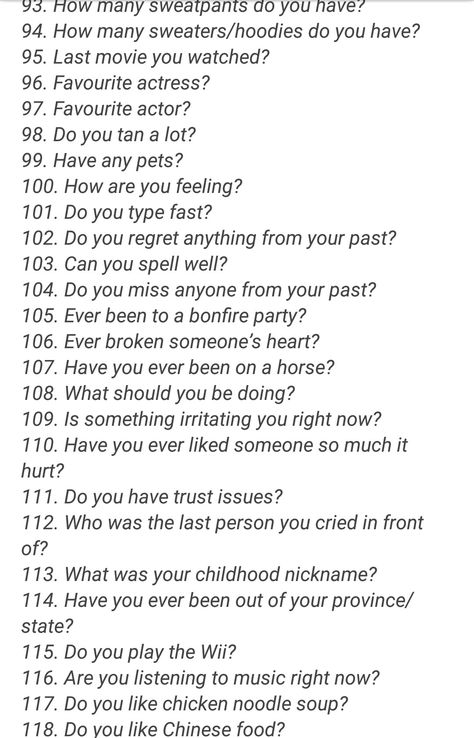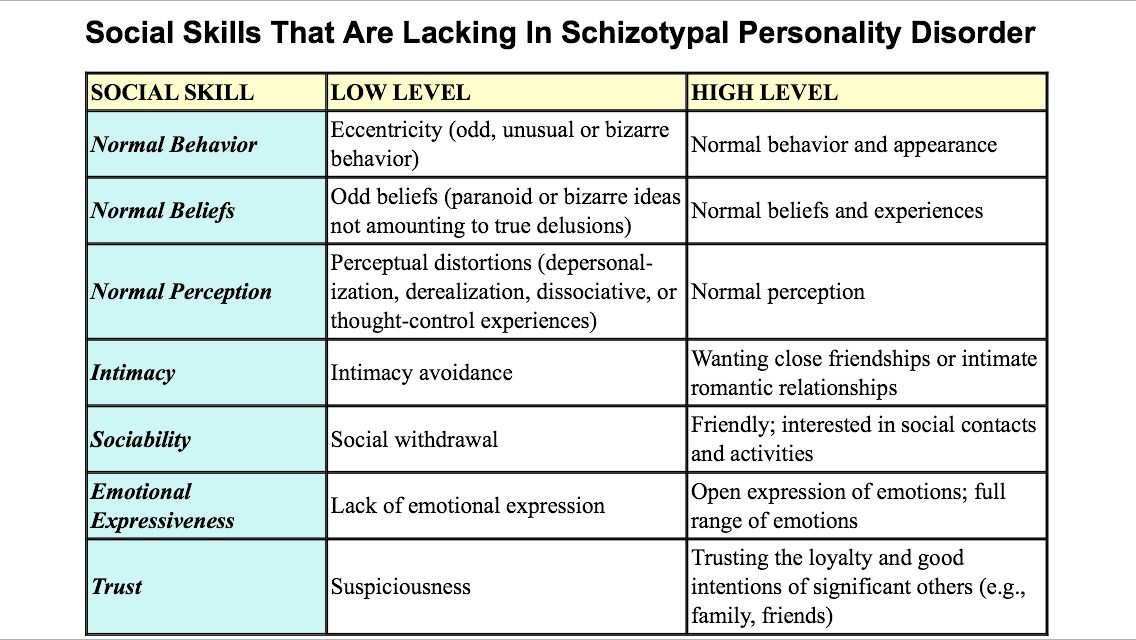Tell your life story in six words
The Story of Your Life in Six Words
Many people think their lives aren’t interesting enough or worthy enough of being committed to paper, even in journals or on scraps of napkins (my preferred writing materials).
Whenever I tell people about the importance of journaling or leaving behind some sort of written record of their lives for their families, they usually say the same thing: “Oh, who’d want to read that?” or “My life isn’t that exciting” or “I don’t have much to say.”
But just like creativity is in our bones, writing down our lives isn’t just worthwhile.
It is within us and it’s a wonderful thing to do to process our world.
It’s even good for us. For instance, journaling provides a variety of health and wellness benefits.
One way to write our stories is through the six-word memoir.
I first discovered six-word memoirs while reading Gretchen Rubin’s interview with Larry Smith. Smith is the editor of SMITH magazine, home to the idea of writing your life in six words.
Then, I read about six-word memoirs on one of my favorite healthy living blogs and then I wrote about the concept on my body image blog Weightless.
According to their mission, “SMITH magazine celebrates the joy of passionate, personal storytelling.”
The inspiration for six-word memoirs came courtesy of a legend about Ernest Hemingway. As the story goes, Hemingway was once challenged to tell a story in six words. He came up with this:
“For sale: baby shoes, never worn.”
Six-word memoirs are a profound and creative way to think about your life, your surroundings, your reality and ultimately yourself.
It’s an interesting, surprising and exciting strategy for self-expression.
There are many ways you can interpret six-word memoirs to make them your own.
You can write about your days in six words in your journal. You can process your emotions — whether that’s grief or giddiness — create a mantra, generate goals or contemplate your secret to happiness.
You can capture an experience or a memory in a single, succinct sentence. Write about how you see the world. Or how you’d love to see it.
(Six-word memoirs are also both exciting and challenging for wordy-warts like me!)
Smith writes a blog where he features a variety of six-word memoirs.
Here are some of my favorites from the blog that may spark your imagination:
“Teaching 18-year-olds poetry; pray for me.”—CuriousThing
“She’s my flashlight in the dark.” —Onion
“I would do it all again.” —Jason Madaus, Operation Iraqi Freedom, 2003-2009
“Finally realizing: I AM good enough.” —AddySue
“Laying with you but sleeping alone.”—1111pm
“Dining solo, but not without candlelight.” —Geo
“Everyone has scars. Everyone has stories.” —HearUsNow
My six-word memoir?
“Finding my voice, while learning self-love.”
What is your six-word memoir? How would you capture a slice from your life in six words?
Can You Tell Your Story in Just 6 Words? – ALTO
Skip to content- View Larger Image
Legend has it that Ernest Hemingway was once challenged to write a story in only six words. His response?
His response?
“For sale: baby shoes, never worn.”
In November 2006, Larry Smith, founder of SMITH Magazine, launched Six-Word Memoirs® which he describes as “a simple concept that’s become an effective tool to spark conversation, crystalise goals, and boil anything down to its core.“
Since then, he has taken his 6 Word model into settings such as in boardrooms, classrooms, staff retreats, and conferences, including of course, our 20th anniversary conference held recently in New York City. Read on for a recap of Larry’s talk and several 6 Word Stories from attendees, and if you are a member, please login to view the video recordings as well as a copy of the slides.
Say It In Six
In the world of Twitter and texting, Larry looks to engage audiences to think creatively and to recognise the power of storytelling in building a stronger connection with colleagues and customers through just six words.
Larry proposes that breaking the ice, through one simple six-word story, will allow humour, honesty and care to flow: “Half Jewish, Half Italian, totally stuffed”, he self-deprecates to the room, initiating by telling his own story.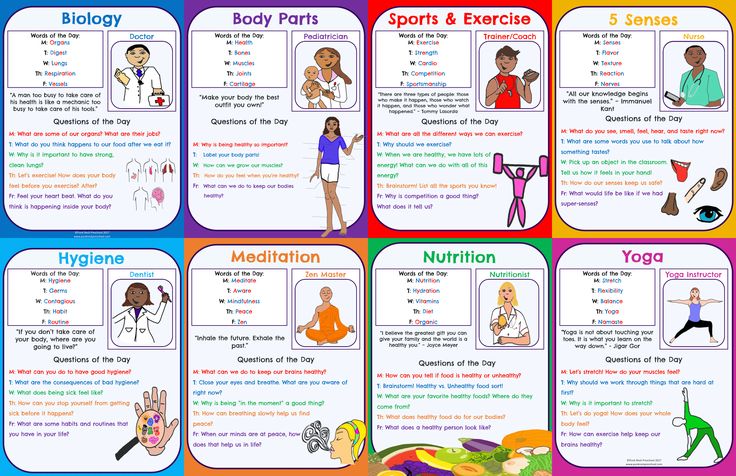
Larry proceeds to examples of others whose stories he invited:
- “I can’t keep my own secrets…” his wife volunteered with full transparency.
- “In 1948, I was a refugee,” from Madeline Albright, US Secretary of State.
- “Seeking the fullest expression of life,” from the ever-inspiring Oprah Winfrey.
- “Bears are my number one fear,” went the six-word story of Nava Krieger, aged 9. “Humans are my number one fear”, it continued, with six words from the aforementioned bear.
Larry marveled how the micro-story of this child inspired the thought that maybe what we fear most, fears us more. He proposed that maybe, if we get to know the bear’s story, we’ll see the bear in its own truth – with a new light.
Hence we see the magic in the six-word memoir – it provokes a response of three simple words: “Tell me more…”
Loosened to the flow, ALTO-ites shared a story or two, resonating with the theme of adventure implicit in the industry:
- “Plans changed again, regroup, reframe, reimagine.
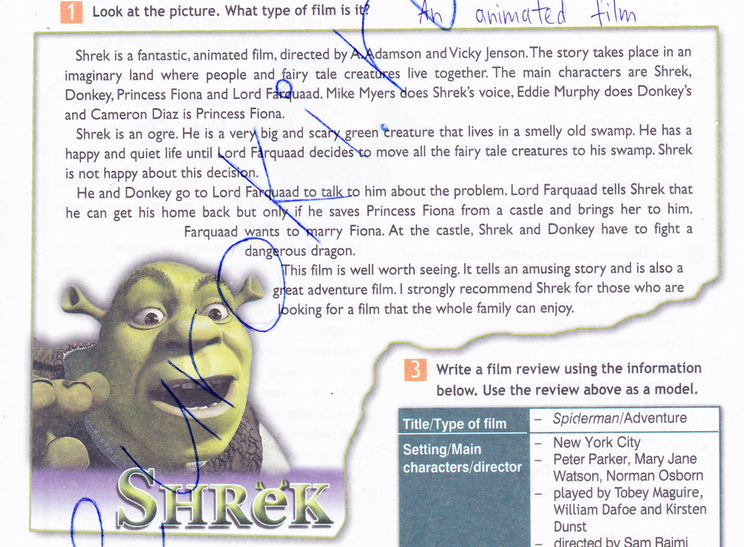 ”
” - “Time is up, do it now.”
- “Feel the fear and dive in!”
- “Dust yourself off and try again.”
- “Packed it up, never looked back.”
- “How many weeks? God only knows!”
- “Fortunate timing, world is my oyster.”
- “Till I tried, I didn’t know.”
Good storytelling is all we want, Larry proposes, as there is nothing more interesting than other people. “Data is all well and good,” Larry encourages, “But tell the story! Stories. Crush. Data.”
Larry continued to share examples from his website of how the six-word memoir allows a humble, honest, powerful, humorous and effusive engagement:
- “Crushed with cancer, blessed with friends.”
- “Life’s GPS keeps saying: recalculating, recalculating.”
Many Stories, Many Uses
There’s more than 1 million life stories on SixWordMemoirs.com covering topics such as:
- Life
- Love
- Work
- Advice
- Questions
- Happiness
- Family
- Food
- Travel
Larry has turned these micro-stories into various themed books, and you can also find tools for teachers to help them use 6 Words in assignments and projects.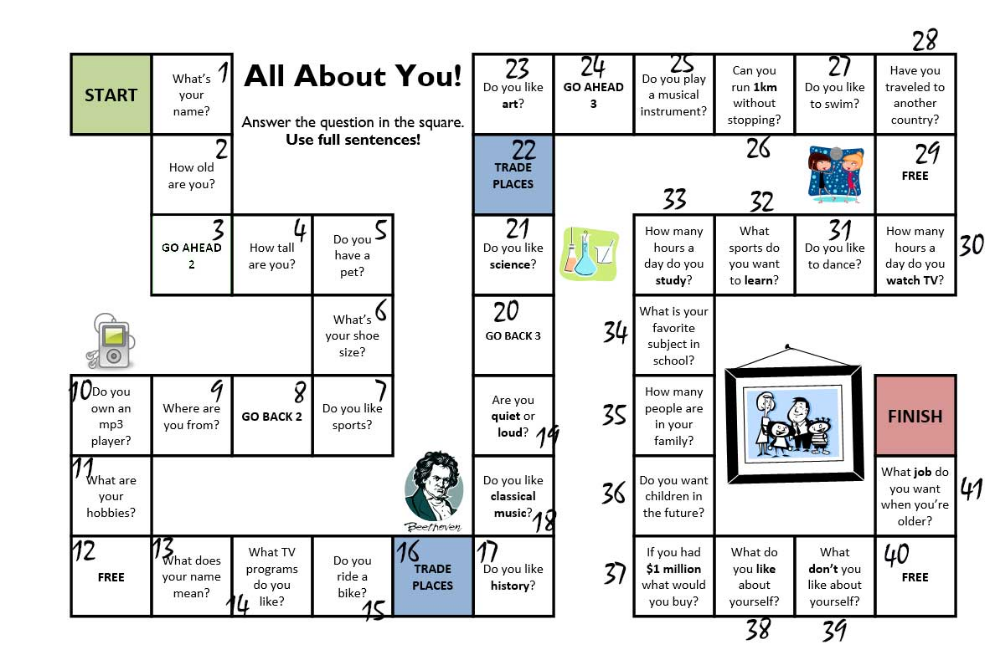
Additionally, they can also be used in a work context, as illustrated on one of his slides shown here:
He encouraged attendees to try using 6 Word Memoirs themselves at their school or business. Set a theme, make a memoir tree and invite participants to tie their memories on branches. Make a washing line and fill it, like Tibetan prayer flags. Cover walls: “Walls are meant to be filled,” Larry enthuses.
He also shared his top three observations from over the years:
- Keep it simple – simplicity leads to increased engagement.
- Engagement leads to conversion.
- Open spaces allow room for conversation (e.g. festivals, parks, etc.).
6 Words From ALTO Attendees
As you might expect, the site has memoirs on language and education-related themes too, which helped inspire attendees, such as:
- “Children’s smiles speak the same language.”
- “Tackling new language? Learn ‘thanks’ first.”
Larry then invited the ALTO crew to craft their own stories. The challenge set, Larry dared the room to answer the following questions in six words:
The challenge set, Larry dared the room to answer the following questions in six words:
- Why do you do what you do?
- What makes language learning special?
- What is the story of your students or teachers?
- How am I part of something bigger?
And so the stories flowed from attendees…
Why we do what we do:
- “Good education means freedom and chances.”
- “Life is better when we’re learning.”
- “Education without boundaries connects our world.”
- “Makes the world a smaller place.”
- “Learn languages for fun, peace, understanding.”
- “Watching students blossom makes me happy.”
- “To travel, to teach, and learn.”
- “Changing the world person by person.”
- “Making a difference makes me grow.”
- “Passionate about students changing the world.”
- “Educate and inspire the next generation.”
- “Long history, good friends, change lives.”
- “Life fulfillment of dreams of youth.
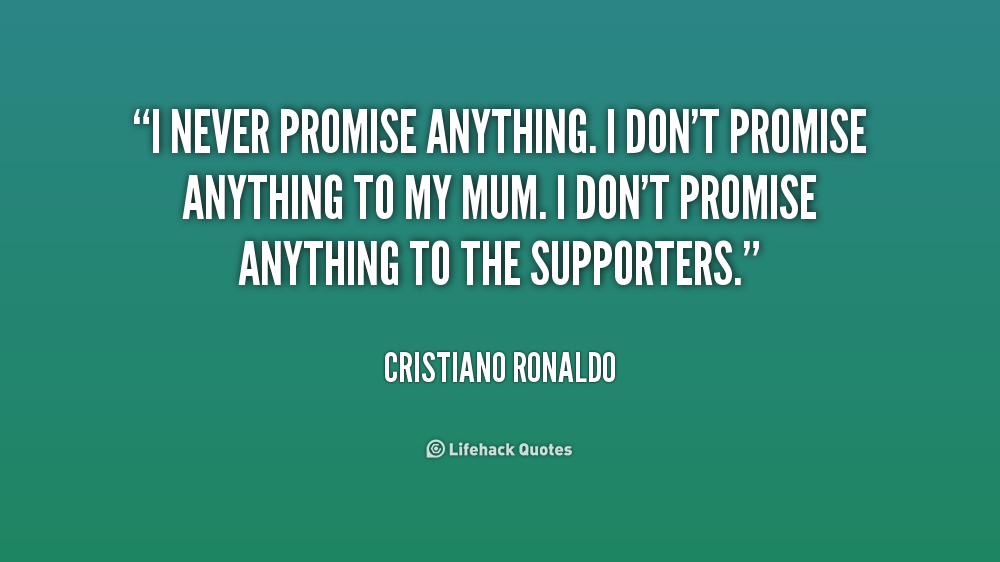 ”
” - “My father started, I love it.”
- “Family man passing down the legacy.”
- “Loved the school. I bought it!”
- “ALTO helps us to stand tall.”
Describing what we do:
- “Building communities, breaking down linguistic barriers.”
- “Study, travel, see, make friends. Repeat.”
- “Be a local away from home.”
- “Let the language be the bond.”
- “A memorable experience, yours for life.”
- “Welcome a student, transform a life.”
- “Yesterday, tomorrow, today – define your future.”
- “Another language, think of the possibilities!”
- “Unbundling education, delighting customers, continuously reinventing.”
- “Teaching the world to communicate better.”
- “Motivating learning, maximising confidence, making memories.”
- “Education through recreation makes great kids.”
- “Don’t want risk, take the insurance!”
- “Tried. Failed. Now help others succeed.
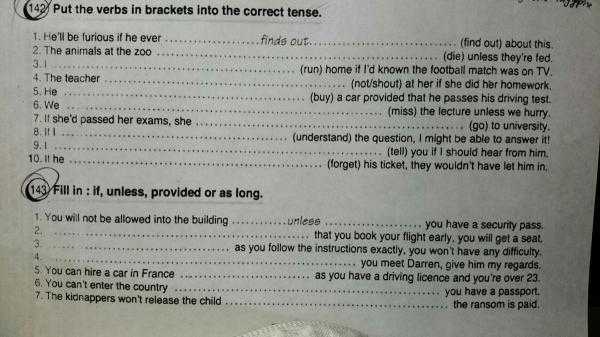 ”
” - “Using technology to make life easier.”
- “Open doors, connect people, build bridges.”
As every ALTO attendee knows, life isn’t all work, so it was no surprise that a few stories had a humorous spin, such as these:
- “If only I had 7 words!”
- “This is not my first rodeo.”
- “No more rockets. Come to Korea!”
- “Language causes confusion, we get paid!”
And many memoirs related to our personal and professional lives colliding:
- “Business mother, juggling act, epic proportions.”
- “Travel the globe, FaceTime saves me!”
- “Travelling constantly, missing my girls incredibly.”
- “Inspiring my girls to be bold.”
- “Here yesterday, there today, here tomorrow.”
- “Too many balls in the air.”
Inevitably, some memoirs took a more personal turn:
- “Out of the box, my life.”
- “Living life is learning to live.”
- “Future is bright by all means.
 ”
” - “Introvert but trying to be braver.”
- “I want to know about you.”
- “Seek adventure, inspire others with smile.”
- “Linguist at heart, salesperson by default.”
- “Short attention span, please hurry up.”
- “Keep talking, I can take it.”
- “Days you don’t remember don’t exist.”
6 Words, Your Turn, Do It!
And how about you? What’s your six-word memoir? Like our Facebook page, follow us on Twitter, and share your six words with our community!
Want To Join Our Next Event?
Mark your calendar for our upcoming events:
View all upcoming events.
Not a member?
Complete the application form and e-mail it to Reka Lenart mailbox [at] altonet.org
Like this:
Like Loading...
Reka Lenart2022-12-07T23:08:03+00:00 90,000 8 ways to tell an interesting story (with examples and tips). Read on Cossa.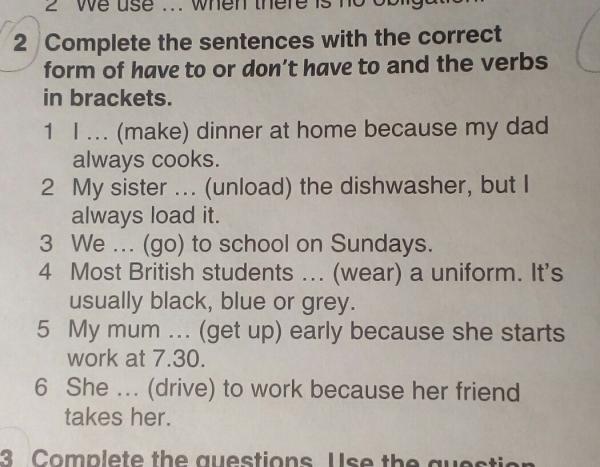 ru
ru Once we were all taught at school how to write an essay. Introduction, main idea, conclusion. A more "adult" version: introduction, background, main idea, developing theses, final part.
But remember how we tell our friends something interesting.
“You have no idea! The couch just fell on me! Imagine I'm walking calmly down the street, and suddenly - bang! - the sofa falls in front of me! Well, yes, not on me. And he didn’t fall very high, the loaders removed him from the car and accidentally missed him. But how scared I was! nine0008
This story is a combination of False Start and Start in the Middle.
A good story is a journey that brings inspiration. Read Hemingway's story about fishing on the river and you'll want to buy a fishing rod, put a couple of sandwiches in your jacket pocket and go to a remote river to catch this trout. Watch a good advertisement, built not just according to the laws of the genre, but with soul - you will not buy this Rolex, but the mood of victory will remain with you for several more hours.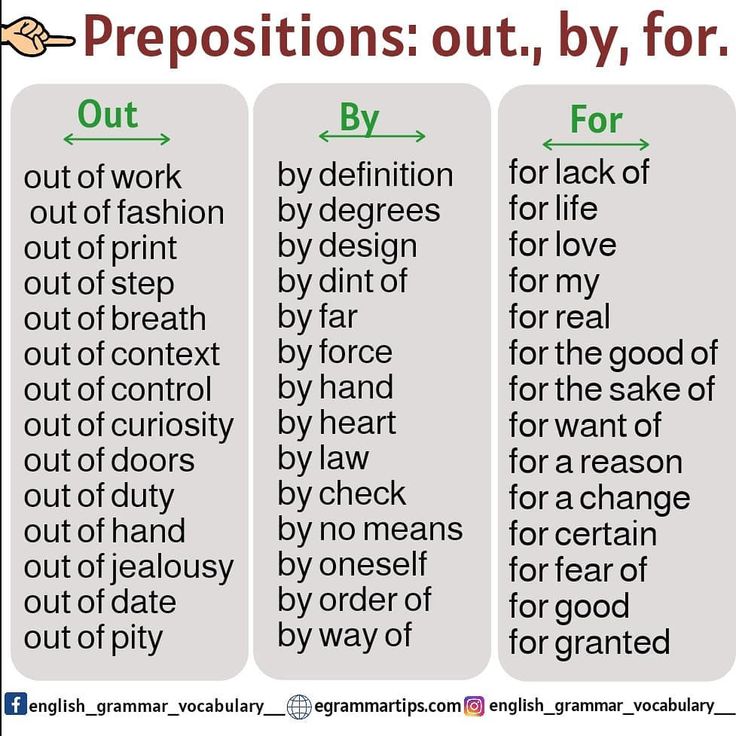
It is difficult to write a story that will convey the necessary ideas to the reader and be read to the end with enthusiasm. But it is possible. Just think about what and how you want to tell, what emotion to make the leading one in your story - and start.
Do not turn your article or presentation into a template sequence from beginning to end. Use different plot devices to make a truly memorable story. Think about it: events happen in chronological order, but you can tell about them in different ways. nine0003
Monomyth
Monomyth (also known as the hero's journey) is a story found in many fairy tales, myths and religious writings around the world.
In the monomyth, the hero is called to leave his home and embark on a difficult journey. He moves from a place he knows to a frightening unknown. After overcoming severe trials, he returns home with a reward or newfound wisdom. Many of today's stories still follow this structure, from The Lion King to Star Wars.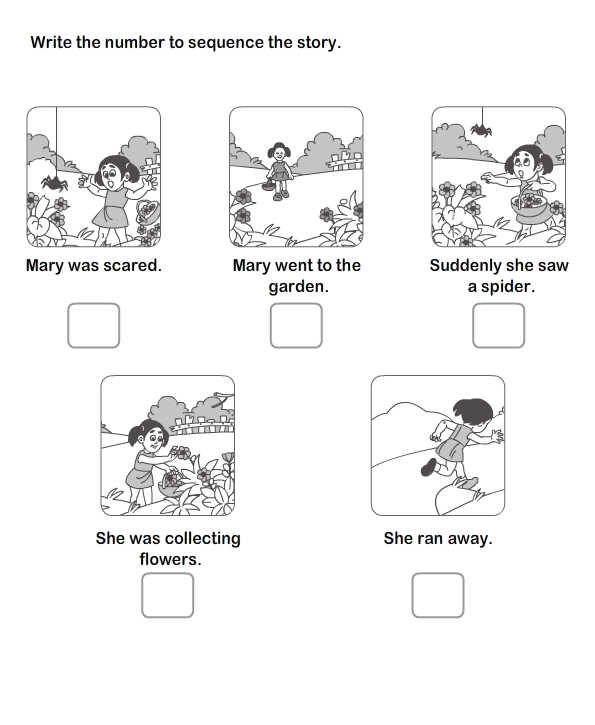 nine0003
nine0003
This is a traditional sequential presentation of events, but it is subject to the laws of the dramatic genre - the monomyth has a prehistory, plot, development, climax and denouement.
The monomyth will help you explain how you arrived at the conclusions you want to share and add credibility to your story. This technique is well suited for demonstrating the benefits of taking risks, as well as explaining how you discovered new knowledge.
The strength of this device is not in the sequence of presentation, but in the contrast of individual steps and the dramatic effect: unsolvable riddles and mysterious strangers are sure to be encountered on the hero's path. Or grandmothers who need to be moved across the road. nine0003
Examples
This example is not new, but it is illustrative. Popular advertising video "Coca-cola. Drink the legend! tells a modern version of the tale about Ivan Tsarevich and the Gray Wolf.
Or a story with a happy ending: an infographic story about how a small startup made $10 billion starting with air mattresses.
Author: Anna Vital
http://notes.fundersandfounders.com/post/82297315548/how-airbnb-started
Mountain
This is a story full of tension and drama. "Mountain" is like a monomyth because it shows events in chronological order. But these are still two different techniques, because the "mountain" does not always imply a happy ending.
The first part of the story is the premise of the whole story, then comes the problem-solving narrative, and the action builds up to a climactic conclusion. The story is a bit like a TV series - each episode has its own high and low points, which gradually lead to the main finale at the end of the season. nine0003
This storytelling technique is well-suited for telling how you overcame a series of problems, for slowly building tension and getting a conclusion that satisfies you - or confirms that you made a mistake, but learned from those mistakes.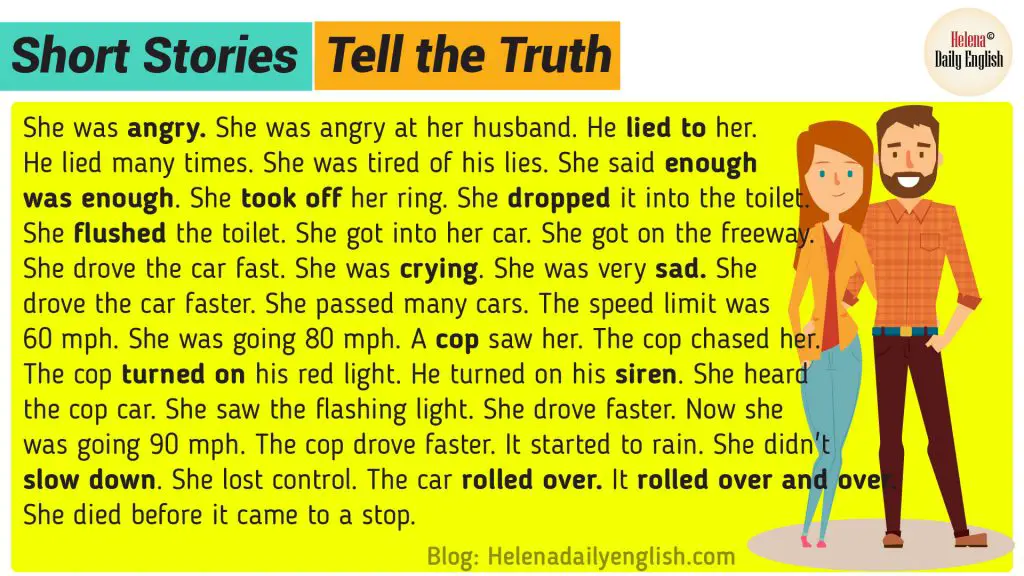
Example
Nikolai Belousov, the founder of the MadRobots online store, tells a story without a happy ending on Habrahabr - about how you can almost go broke selling iPhones.
http://goo.gl/YohE67
How the Getwear denim service closed is a story of rise and fall with a useful conclusion at the end.
http://goo.gl/2GrBR7
Nested loops
You "stack" multiple stories in layers. Put your most important story—the core of your message—in the center, and use the rest of the stories to explain the main principle.
For example, this is how Boccaccio's Decameron is written - the story begins with the plague in Florence, but this only serves as a frame for other short stories that noble gentlemen and ladies who escaped from the plague tell each other. Frame composition has been used by many writers. Open Pushkin's "Little Tragedies" - the tragedy is framed by the story of an Italian improviser who came to St. Petersburg. nine0003
nine0003
How to do it if you are not Pushkin? Easy. For example, write about the next trip of your company to nature. Preparation for the event, competitions, funny incidents, but meanwhile - this is a story about a close-knit team, about the company's values. And if you're ready to show your cards, campfire conversations can be used to retell stories about customer service or industrial incidents that will show the company from the best side.
Example
Another story from the Madrobots blog on Habrahabr (we really liked it). Nikolai Belousov, through the story of the birth of Madrobots and his development as a businessman, talks about how to get rid of procrastination. nine0003
http://goo.gl/AEYjcM
Sparklines
Graphic designer Nancy Duarte uses "sparklines" to analyze famous performances in her book Resonate.
She claims that the best performances were successful because they showed the contrast of our world with the ideal, perfect world. They compare "what is" with "what could be". In such stories, the author draws attention to the problems that exist in our society, our personal life and business. The author evokes a thirst for change in the audience. This is an emotional technique that motivates listeners very well. nine0003
They compare "what is" with "what could be". In such stories, the author draws attention to the problems that exist in our society, our personal life and business. The author evokes a thirst for change in the audience. This is an emotional technique that motivates listeners very well. nine0003
This technique is great for inciting action, arousing hope, excitement and finding adherents of your ideas. In addition, it is actively used in advertising. While they're celebrating in Villaribo...remember?
Example
A similar technology is used in commercials to show the difference between what you have now and what the product can give you.
For example, in this video, pay attention to the final frames: how skillfully repetition is used. nine0003
In medias res (start from the middle)
Literally from Latin, this expression is translated as “in the middle of the matter”.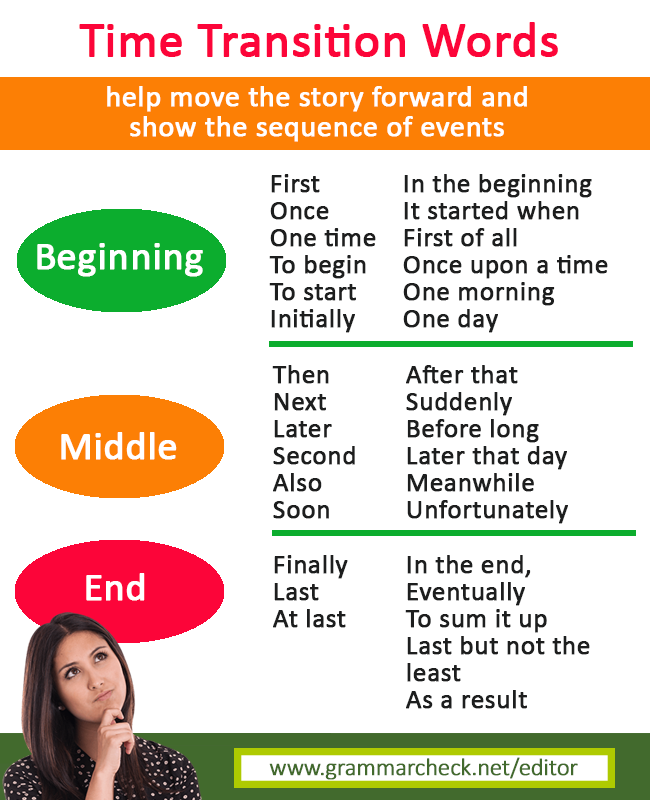 Start your story with the central episode before you start explaining how you got here.
Start your story with the central episode before you start explaining how you got here.
You immediately "throw" the audience into the most exciting part of the story - people will be intrigued and will be very attentive to understand what is really happening.
But be careful not to reveal all the facts at once. Try to hint at something strange or unexpected—something that needs more explanation. Give your audience just enough information to keep them hooked and then go back and rebuild the full picture of the story. nine0003
This is only good for short stories because if you make it long, your audience will quickly get frustrated and lose interest.
Technique is good because it grabs attention from the very beginning and keeps them in suspense, and also allows people to focus on a turning point in history.
Example
The history of the Harley-Davidson company, which its author began with a very unusual fact.
http://goo.gl/1aQgBZ
Or an action-packed thriller from "Beeline" about the "Internet forever" tariff. nine0003
nine0003
Converging Ideas
This technique shows how different thoughts come together to form a product or idea. It can be used to explain how an idea was born, or how one idea became the culmination of several minds.
The Converging Ideas technique is similar to nested loops, but instead of diving into the main story through sub-stories, it shows how several equally important stories yielded a single conclusion. Can be used to tell stories about alliances that have had global significance, such as the partnership between web developers Larry Page and Sergey Brin. nine0003
Larry and Sergey met at Stanford University in 1995 but didn't like each other at first. Both had great ideas, but it was difficult for them to cooperate. They eventually started working together on a research project. The project that became known as Google.
This technique is good at showing how partnerships are formed and how people come together to work together. It is also suitable for explaining how development has gone at a particular point in history. nine0003
It is also suitable for explaining how development has gone at a particular point in history. nine0003
Examples
The history of the Ernst & Young brand is about how two talented people achieved success, each in his own business. And as after many years of work, after the death of the founders, their companies merged into one, which is still successfully operating in the market.
http://goo.gl/z5oEXl
And remember the advertising story about two brothers who made Twix: one made the left stick, the other made the right one.
Author: Twix
False start
False start is a technique in which you start telling a seemingly predictable story, and then suddenly interrupt it and start again. You lure your audience into a false sense of security and then turn everything upside down.
This format is great for telling about those moments when you failed at something and had to go back and rethink everything. "False Start" is perfect for talking about a lesson you've learned from your experience, or an unusual solution to a problem you've come up with. This technique is great for capturing attention: audience expectations are shattered, it surprises and makes them pay close attention to your message. "False start" is well suited to demonstrate the benefits of an agile approach. nine0003
This technique is great for capturing attention: audience expectations are shattered, it surprises and makes them pay close attention to your message. "False start" is well suited to demonstrate the benefits of an agile approach. nine0003
Example
Excellent Ax roller with a depressing start and unexpected ending.
Petals
This is an amalgamation of many stories around one central concept. This is useful if you have several unrelated stories that still relate to the same situation.
You tell your stories one by one before returning to the central plot. The petals can intertwine as one story intertwines with another, but each of them must be a complete narrative on its own. This gives you the opportunity to weave a rich palette of evidence around your main idea. nine0003
By showing the audience how all these key stories relate to each other, you allow people to feel the importance and weight of your message.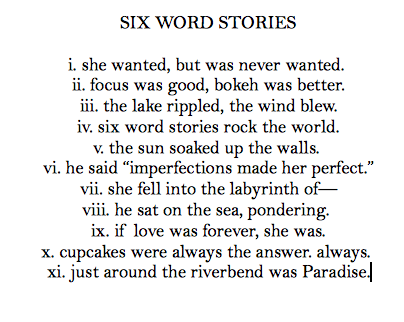 This technique allows you to combine different plots around a central idea and demonstrates how different threads are interconnected in one situation.
This technique allows you to combine different plots around a central idea and demonstrates how different threads are interconnected in one situation.
Example
This cute video from Beeline shows us a kind of mini-series about the acquaintance of a new and very unusual employee with the office. The main idea is hidden in the ending.
Another example of a "petal" story is the article you are reading now, each technique leads you to the same thought: stories can be told in different ways.
Start with a story
Well, now you have them - 8 classic storytelling techniques that will make your story more intelligible and attract the attention of the audience. Of course, besides them, there are other tricks that can be used.
Remember that you can bring even the driest facts to life if you find a story that relates to them. nine0003
Adaptation and selection of examples: Protext Company.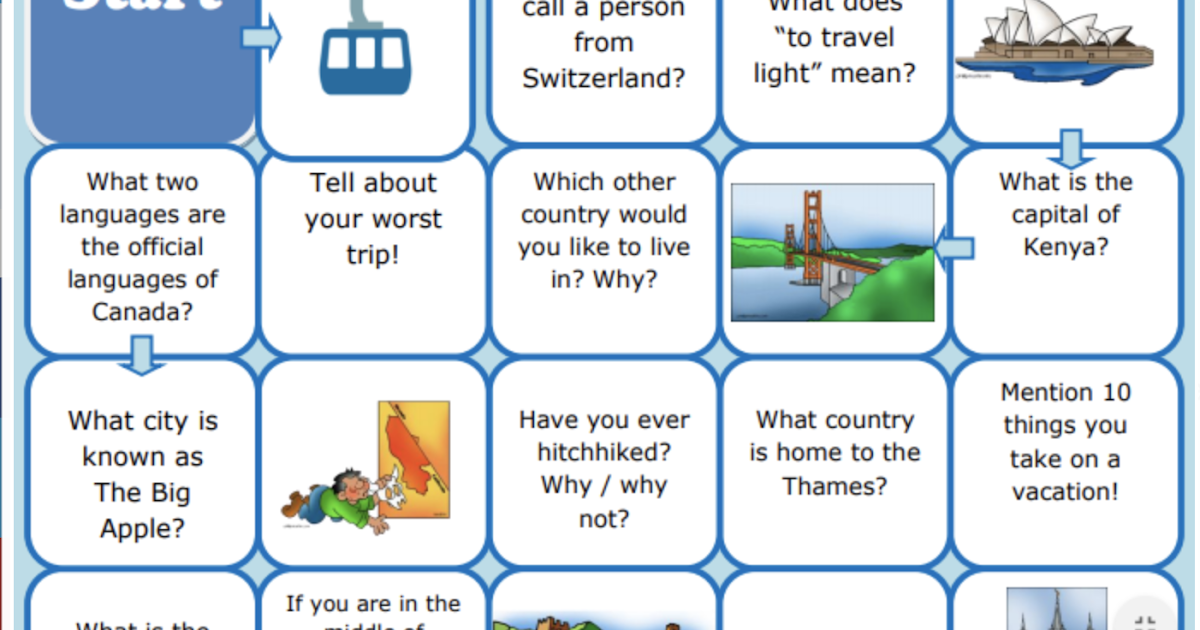
Original article:
http://www.sparkol.com/blog/8-classic-storytelling-techniques-for-engaging-presentations/
Ernest Hemingway once bet that he would write the shortest story that could move anyone
Internet
Zhenya Kuzmin
The story of a literary legend that has become a meme - in social networks for many years they have been writing their poignant parodies like "Beer is over, so is the money." nine0003
Ernest Hemingway
Ernest Hemingway is one of the most famous writers of the 20th century, author of The Old Man and the Sea, Farewell to Arms and For Whom the Bell Tolls. The American received both the Pulitzer Prize and the Nobel Prize in Literature for his work. But on the Internet, Hemingway is better known as the author of "the shortest story that can move anyone."
True, there is no evidence that the writer really invented such a story. It is believed that this is a legend invented already in 1990s. But Hemingway's legacy lives on: for one "shoes, never worn" story, there are several hundred sad sequels that turned the bike into a meme.
But Hemingway's legacy lives on: for one "shoes, never worn" story, there are several hundred sad sequels that turned the bike into a meme.
The story, which you can still come across to this day, has been circulating on social networks for many years in the form of text or pictures. Sometimes the details change, but the "classic" version in Russian sounds like this.
Ernest Hemingway once bet that he could write the shortest story that could move anyone. He won the argument: “Children's shoes are for sale. Never worn" (in the original - "For sale: baby shoes, never worn"). nine0003
Sometimes the argument is replaced by a kind of "short story competition" or simply "Hemingway was asked." But the essence remains the same: the author in six words (in Russian - in four) described a sad story about the loss of a child, after which the parents had to sell the shoes that had become unnecessary.
The most detailed account of the Hemingway controversy was given in his book by the literary agent Peter Miller, relying on the words of an "authoritative newspaperman".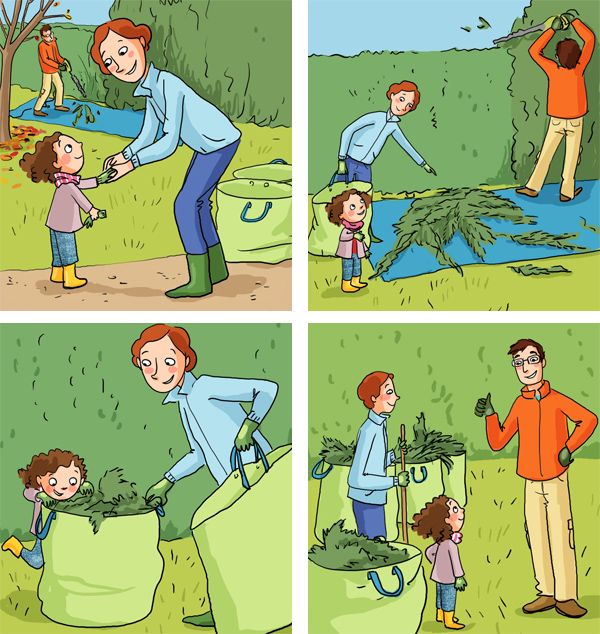 The writer allegedly invented the story about the shoes at the Algonquian Round Table. This was the name given to an influential group of New York writers, actors, screenwriters and comedians who, from the age of 1919 to 1929 dined together almost every day at the Algonquin Hotel.
The writer allegedly invented the story about the shoes at the Algonquian Round Table. This was the name given to an influential group of New York writers, actors, screenwriters and comedians who, from the age of 1919 to 1929 dined together almost every day at the Algonquin Hotel.
True, they called themselves differently - "Vicious Circle". The Algokin Roundtable is considered the most famous literary circle in US history. Over lunch, the band members had numerous arguments and challenges. Miller claims that the story about the shoes appeared there - Hemingway won the dispute and took all the money wagered (about $ 10 per person).
Algokin Round Table. Painting hanging in the restaurant of the Algonquin 9 hotel0003
It is believed that this case embodies the whole style of Hemingway: short, but full of meaning. The problem is that this story is almost certainly a fiction. And if it’s true, then the American writer was far from the first to think of “the shortest touching story”.
In 2010, Johns Hopkins University lecturer Gregory Sullivan launched Quote Investigator. His idea was simple: check the popular quotes of famous people on the Internet and find out if they said something similar or not. At some point, Sullivan reached Hemingway and the "boots". nine0003
The creator of Quote Investigator studied the archives and realized that "the most touching short story" occurred long before the start of Hemingway's career. For example, in 1910, The Spokane Press published an article entitled "The Tragedy of the Death of a Baby Revealed During a Sale." At that time, the future Nobel Prize winner was only 10 years old.
The world is an interweaving of joy and sadness, a continuous play of comedy and tragedy. And even in everyday life there are small details in which touching stories are woven. nine0003
Last Saturday an ad appeared in the local newspaper: “Selling handmade baby clothes and a crib. Never been used." Perhaps this means little to the average reader.
But for a mother who spent hours looking for things for her unborn child, this means great bitterness.
In 1917, the author William Kane wrote an article about "powerful short stories" in a magazine for literary workers. One example was a four-word story: "Little Shoes, Never Worn." In this version, the shoes were given away for free: so the owners tried to make up for the loss by giving at least another child the shoes. nine0003
In 1921, the story appeared as an example of "poignant drama" in Life and the Boston Globe. The connection with Hemingway appeared only in the book of Peter Miller in 1991 - 30 years after the death of the writer.
The authors of the Snopes website, where they refute Internet fakes, also did not find any real connections between the “shortest touching story” and Hemingway. And the creator of Quote Investigator in 2017 published a book with his investigations called “Hemingway didn’t say that.” nine0003
Against all odds, the writer's legend has inspired numerous jokes and memes on social media.







